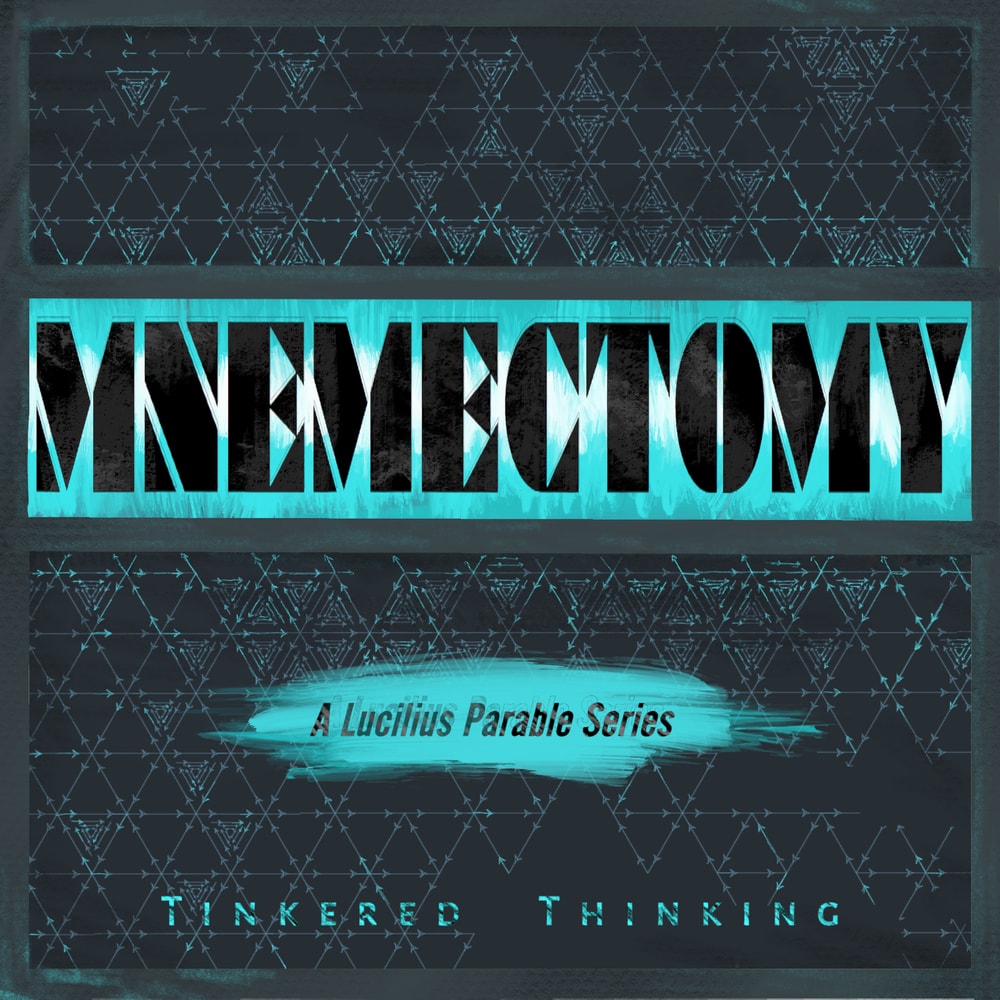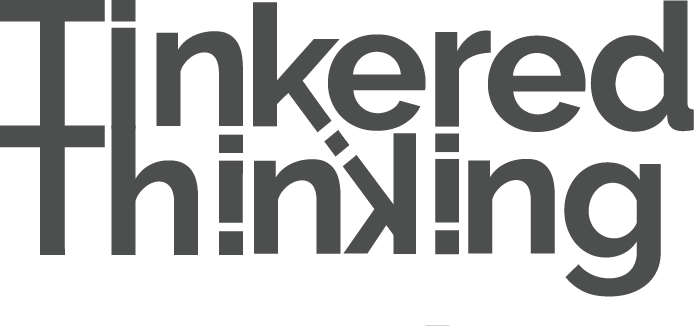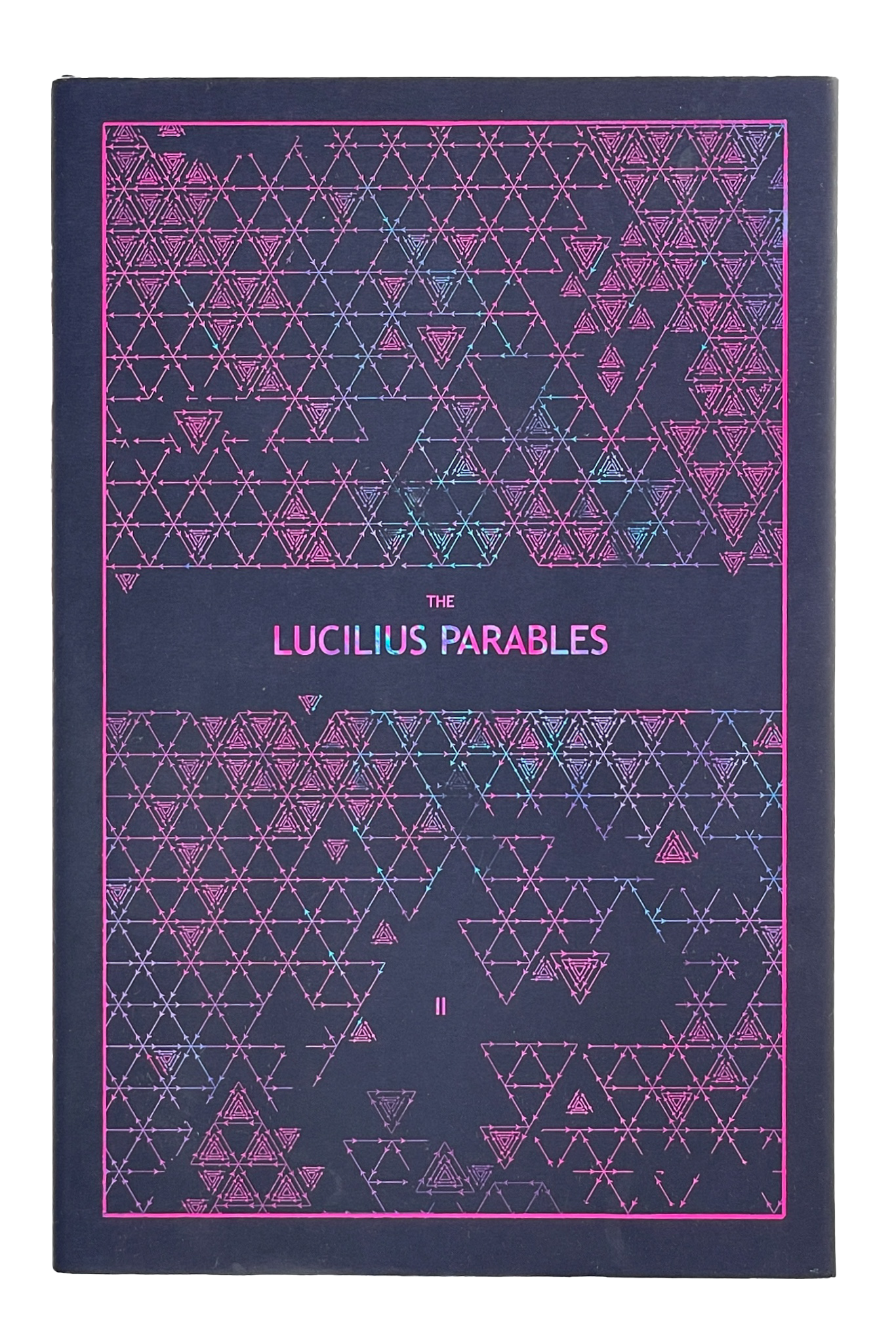Daily, snackable writings to spur changes in thinking.
Building a blueprint for a better brain by tinkering with the code.
subscribe
rss Feeds
SPIN CHESS
A Chess app from Tinkered Thinking featuring a variant of chess that bridges all skill levels!
REPAUSE
A meditation app is forthcoming. Stay Tuned.
NTH TRY
January 3rd, 2020
Children have an amazing capacity for repetition, if it’s worth doing once, there’s a chance it’s worth doing fifty times in a row. Whatever aspect of early development underlies this idiosyncrasy of behavior it’s worthy to note the value here. It may be the reason behind the brute persistence children throw into their learning. No matter how many times they have fallen and cried from pain, they will always try to run again.
Adults on the other hand prove to be veritable wimps when it comes to this sort of persistence. We try something once and fail and conclude, well…. I suck at that.
We have to wonder, what exactly are we trying in such an instance?
Are we trying to succeed?
Or
Are we merely trying one strategy that we believe might lead to success?
Regardless of whether or not we are successful, it is always the later. We are always trying out strategies by carrying out the plans generated by that strategy. The result is feedback from reality telling us merely how well that strategy worked. Or didn’t.
It may look like children are doing the same thing over and over, but chances are high they are paying attention to different aspect each time. A while ago the children’s show Blues Clues underwent a study when it was found that children would watch the same episode 5 days in a row. Turns out they were picking out new things with each viewing.
Is it any surprise? Do you pick up all the details the first time around?
Or is it more the other way around? Is it that there’s often so much going on that if we don’t luck out with some surprise dopamine hit from beginner’s luck that we’re in fact so overwhelmed by all the details we know we’d have to study that we give up out of a kind of laziness?
There’s some efficiency in laziness. Learning is costly, and deciding not to figure something out saves a lot of time and energy. But time and energy is wasted if we don’t use it to learn something else.
And if we turn down the opportunity to learn anything than we may want to wonder if we can begin to lose the ability to learn at all.
What a scary thought.
Often we default to a passive filler activity, like Netflix. But what would happen if we just sit with ourselves alone, with nothing to do. What curiosity would eventually arise? What would we want to investigate?
With all the busyness of life pushed aside for one damn moment, what human drive remains?
Give it a shot.
And if it doesn’t feel like it yields anything,
Give it another shot.
And another.
There’s something there.
It might just be a hidden key to unlock a better future.
This episode references Episode 53: There is No Try
FEEDBACK SPEED
January 2nd, 2020
This episode is dedicated to Gray Wheeler
The more you poke reality, the more you understand about how you can effect reality. The faster you poke reality, the faster this understanding grows.
This boils down to a question like:
Would you rather be a fast learner or a slow learner?
If you feel like you are a slow learner, it may not be something fundamental about you. It may simply be the way you are poking reality that is an issue. For example, if you take up archery the feedback loop is pretty straightforward: you take a shot and it either lands closer to the center of the target or father away, and based on this information, you change what you are doing in order to get a better result, a result that is more predictable, and you may take hundreds of shots everyday in order to improve. Each shot consists of a single run of this feedback loop.
But if your chosen activity is writing fiction specifically geared to elicit delight for people who will exist 100 years in the future, then your feedback loop is 100 years long, as opposed to archery where it’s perhaps a couple of seconds.
The different ways that we can get feedback on our writing is an example where we can see these different mediums achieving the same goal at different speeds. If you go the “traditional” route and send your writing out to publications for consideration, you have to wait for a response, and this can often take months. But if you post your writing online for everyone to read freely, your ability to garner some feedback drastically increases. Twitter is a great example of this. It’s possible to get better at expressing yourself in such a limited format because the feedback loop is very tight on Twitter. You write on the platform, you post it, and feedback can be instant. In fact, the complete absence of feedback on Twitter is extremely valuable if you compare it to the months of silence that follows when you mail a piece of writing out to a publisher.
The true difference here is between digital and analog. Digital is simply faster with the internet, whereas the physical analog is cumbersome and takes comparatively huge amounts of time to move through space in order to run the route of a feedback loop.
This is at the heart of why tech companies can and do grow so fast. Before the internet the business of companies had to rely on totally analog forms of communication, which simply take time, as per the speed of mail, and the physical transportation systems through which mail flows. Telephones certainly sped this up, then fax machines, then email, and now there is an absolute sea of variety when it comes to how we might communicate, all of them perhaps slightly nuanced for different situations of communication.
Any feedback loop at it’s core is a connection through which communication occurs.
The arena of sports is a good example of how we experience this feedback loop outside the realm of language. An athlete takes an action on the field and immediately they receive feedback as the game changes. Compare this iterative speed to our traditional writer who has an address book full of possible publications.
One area where this feedback loop seems to have a troubling application is conversation. Considering how much we all talk, it’s rather a surprise that we aren’t all masters of dialogue, virtuosos of rhetoric and geniuses when it comes to persuasion.
We certainly all put our time in, so what’s going on?
One aspect of this problem is evident when we compare the conversations on News Channels with the conversations we hear on podcasts. New Channels are obligated by their business model to limit conversation in terms of time. This creates a situation that is little more than a volley of predetermined sound bites. Podcasts on the other hand have no time limit and this freedom creates a space where perspectives can be explored and unpacked.
So conversation does have some of the constraints that come with analog forms. It literally takes time and space in order to speak. Whereas a message on twitter by a single person can instantly be read by hundreds of thousands. To put that in perspective, just think about what it would take for one person to say a single sentence to hundreds of thousands of people? Such an amount of people simply take up too much space to all be in one place where our orator could maybe yell such a sentence at the top of their lungs. Online platforms like Facebook or Twitter make a person’s speech replicate ad infinitium.
But conversation, despite its analog limits often lacks the mastery of one crucial tool.
If conversation is defined as the presence of two people’s perspective, then as long as each person gets an opportunity to talk, the conversation is an absolute success regardless of whether they agree, or hate each other at the end of it.
The art that underlies what we might think of when we consider being good or bad at conversation is really
The Art of the Question.
It’s not a description of our own perspective that we should use to poke reality for feedback. In some sense, that perspective doesn’t matter unless it’s somehow translated into action, and creating sound waves is a fairly minimal action. If we really want to stir up reality, the best way to do it is to ask a question.
But what exactly is a question?
For that, check out Episode 390: Question about the Question.
Thanks again Gray.
DAY ONE
January 1st, 2020
People seem to be of different minds when it comes to New Years. Many see it as a time of reflection in order to reorient and redirect. Others rant about how the calendar is a fiction. Others love to point out that gyms will be packed for a couple weeks and then they will empty out again for the rest of the year.
Those with serious dedication to their habits and the practice of their values often scoff about this phenomenon, and for good reason,
every day is a new chance, a new opportunity to change direction. Why wait for one specific day of the year to give something a good shot?
Tinkered Thinking which is 626 episodes strong started on a random Monday in April of 2018 and this fact is so superficial that I actually had to look it up…
But one underlying fact that seems to fly under the radar with regards to all these considerations about the new year is the fact that people actually get some free time that is casually devoted by culture to reflection and planning for a better future.
Compare that fact to something Bill Gates does: he takes off whole weeks in order to just… think.
How many other people have this sort of luxury? For those working your 9-5 hustle, these virtually never happen since vacation time is often allocated to busy vacations to stave off the feeling that life is somehow being wasted.
Only those who are independently wealthy can afford something like a ‘Think Week’, let alone multiple Think Weeks during the year.
This variable of time is the most overlooked variable when it comes to innovation in any area, whether it be personal development or product development. Culturally, it evokes a certain nervousness to simply… do nothing.
This is a secret for creative people. They schedule time in order to explore, and in the beginning this often means doing… nothing. Once some sort of process of creation takes root and it’s consistently productive, it’s hard to see that creative period as ‘doing nothing’ because so much ends up happening. What’s important to focus on is the actual time allotted to such.
What if, for example everyone had a random day off during the week that functioned like New Years Eve. It was a time totally detached from normal life and work that was casually allocated to just think about the direction of one’s own life.
How would this affect people?
Impossible to know.
Unless of course , you try it out for yourself.
FORTUNE'S PIROUETTE
December 31st, 2019
Change is the only constant. As much as this somewhat guarantees good times to come, it’s also reason to know how to remember the exact opposite of a situation.
Say it’s a nerve racking day. You get into your car to go to the doctor to talk about a biopsy, and lo and behold the “check engine” lights up the dashboard.
What else can go wrong? Right?
When it rains it pours and when things don’t feel as they are going well it’s almost as if we brace as we turn corners in life, expecting impact.
But then it turns out the biopsy was totally normal. What a relief. You start up your car and notice the check engine light isn’t lighting up anymore.
What good fortune. But how long does it last? It’s not just beneficial to remember how things will eventually turn good during bad times, but also the opposite.
This may at first seem like a negative thing to do. Why ruin the mood when things are going so well? We can explore the reason with a question:
Is the point of life simply to achieve as many peak positive experiences as possible?
If we remember the good during bad times and try to forget the bad times when things are good, then the answer to this question is yes.
But regard this question in isolation and perhaps yes isn’t the ideal answer. Answering yes makes a person a slave to desire, forever chasing what feels good.
What about a broader perspective? What about trying to experience life fully no matter what is happening?
What is better? To have our emotions jerked around by the whims of fortune? Or would it be better to achieve a kind of reliable equanimity no matter what is happening? Might we even be able to enjoy the negative experiences that befall us in some way?
Many aspects of art and culture certainly point at our ability to find sustenance in the negative and the positive. Movies, plays, songs, all of these deal with both the positive and the negative. Why go to a sad movie about a depressing topic? Why would such a thing exist if we weren’t capable of finding some kind of appreciation for the experience? With a movie, or a song, it’s very intuitive. It makes us feel alive in some way.
And yet when misfortune befalls our own person, do we have the same reaction? Do we mindfully zoom out from our own situation and marvel somewhat at the grist of life that we seem to be riding?
Or do we make the mistake of identifying too tightly with the situation pitying ourselves and looking for escape?
Fortune will always continue to turn. We often act as though the point of life is to chase the pirouette round and round for only the good. But we miss out with this strategy. A deeper appreciation for life is possible, if we can muster the skill to pause and marvel at our own experience, no matter how good or bad we might call it.
SIT WITH IT
December 30th, 2019
It’s rather remarkable how much stress we can generate for ourselves given things that don’t actually threaten us physically. Sitting down for the first time to try and take a crack at a big complex subject, like coding, or taxes, or any number of things that might make us feel inadequate or like a forgone failure.
Such feelings can be so overwhelming that we are rendered nearly paralyzed. And it’s for two reasons:
Lack of Exposure
and
No clear first chunk to start with.
And these two need to be dealt with in order. Lack of exposure means that anything upon first exposure is going to be a fairly intense experience. Think of our iconic character who has been locked away in a dark prison and then finally gets free and walks into the light only to be blinded. But given a few minutes and eyes start to adjust. It’s this initial shock of feeling and emotion that we simply need to sit with, and endure. Feelings, particularly the negative ones, just don’t have too much longevity built into them. Just think about how much energy it requires to stay really angry for any length of time. Something like fear, and even anxiety, if we can mindfully sit with them for a long enough period will dissipate after time.
If it’s connected with a particular task or activity, then our first aim for progress shouldn’t necessarily be anything that looks like progress. It’s fine just to pull out the tax forms or the blank page, or the instructions or the recipe, and just sit with it and do nothing. For some things the feeling of trepidation can be so strong that just spending this sort of time can be a good thing.
Once the emotion lets up, its as though our eyes have adjusted to the bright new world, and we can begin to see how things might fit together, and from that we can zoom in on a smaller chunk of the subject and then finally start with that.
-compressed.jpg)





